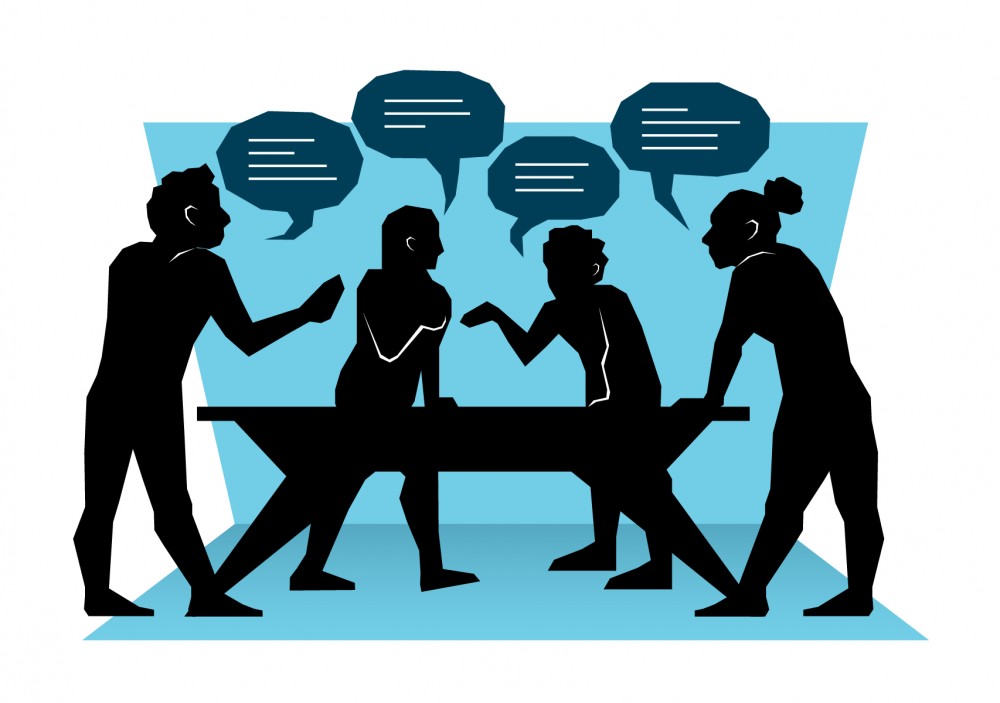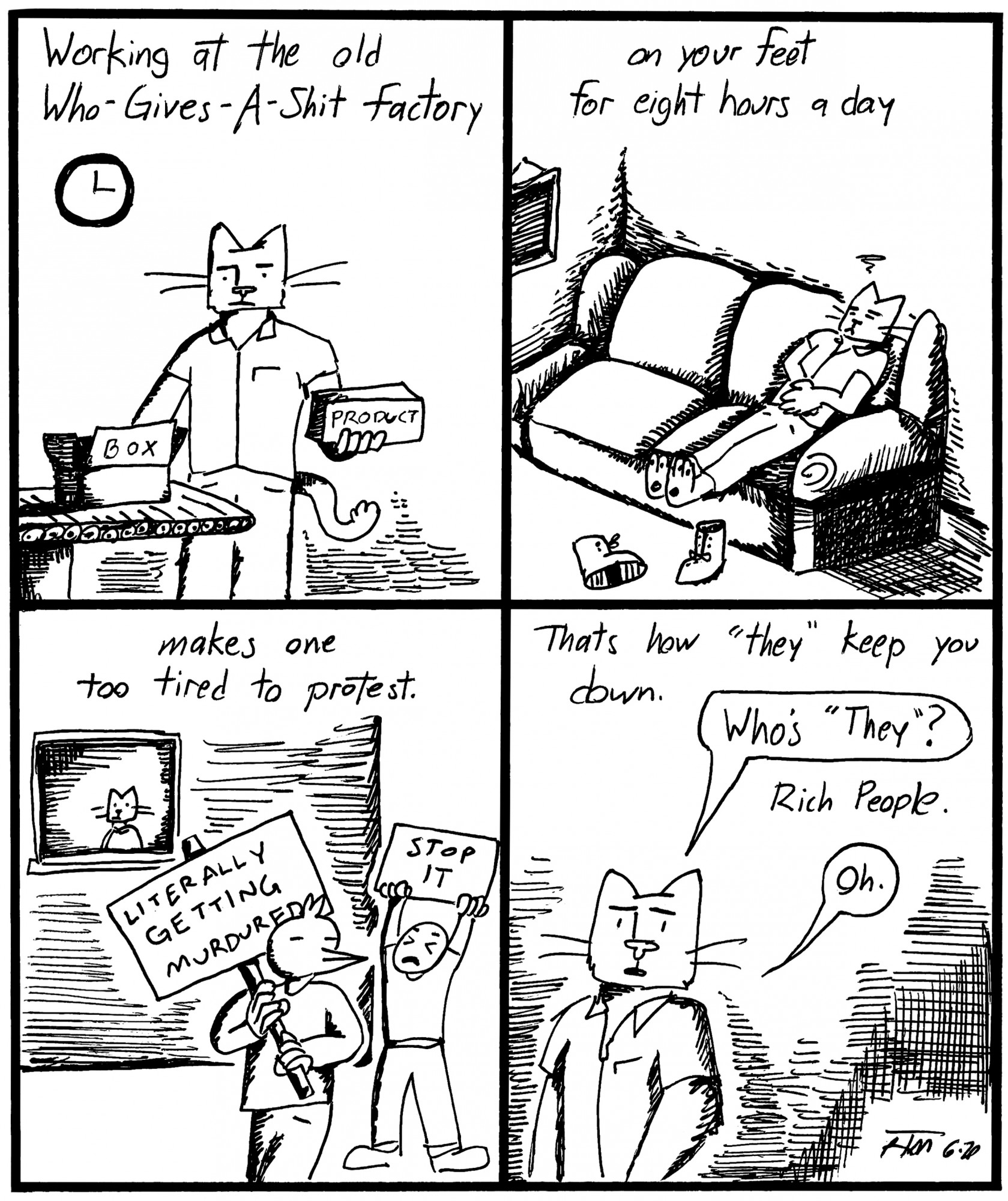Like the Americans it disenfranchises, voter suppression has taken many diverse forms throughout our history. From horrifying intimidation tactics prior to the 15th Amendment, to more recent “use it or lose it” laws, voter suppression aims to prevent eligible voters from voting or registering to vote, by means of laws, or legal or illegal practices or tactics. Voter suppression disproportionately affects BIPOC, women, students, elderly, people who are disabled and low-income voters.
In the 2016 general election, Wisconsin’s voter ID laws stopped as many as 45,000 people from voting. More than 20% of voters who came from homes with incomes below $25,000 said that they were barred from voting; of those voters, 8.3% were white, but more than 27.5% were African American.
Voter ID laws are implemented with the goal of stopping voter fraud, specifically voter impersonation. The reality is that, since 2000, only 31 cases of 1 billion votes cast have been recorded as voter fraud. Instead of catching fraudulent voters, voter ID laws stop people who often can’t afford proper identification from voting. Eleven percent of U.S. citizens lack a form of government-issued identification — which equates to more than 21 million Americans — and BIPOC voters are the ones who disproportionately lack photo identification. Nationally, up to 25% of Black citizens of voting age lack government-issued photo ID, compared to only 8% of whites.
The Voting Rights Act of 1965, signed by Lyndon B. Johnson, banned the use of literacy tests, allowed for federal oversight of voter registration in areas where less than 50% of the non-white population had registered to vote and authorized the U.S. Attorney General to investigate the use of poll taxes. Since the 2010 elections and the 2013 repeal of Section 4(b) and the consequent invalidation of Section 5 of the Voting Rights Act, voter ID laws have been used more by states which were previously covered.
Section 4(b) and 5 required states and counties with histories of discriminatory voting policies, low registration and low voter turnout to receive permission and pre-clearance from the Department of Justice before enacting any new voting laws or restrictions. In 2013, the Supreme Court’s 5-4 ruling in Shelby County v. Holder resulted in the repeal of section 4(b) of the Voting Rights Act.
This is a big deal because now these states, who were being held accountable by the Justice Department to ensure that all eligible citizens could vote, no longer are. The states that fell into this group were Alabama, Alaska, Arizona, Georgia, Louisiana, Mississippi, South Carolina, Texas and Virginia, as well as parts of California, Florida, Michigan, New York, North Carolina and South Dakota.
Following the repeal of Section 4(b), many states did what they could to stop the mostly Black and Democrat voters from voting, like limiting polling hours, enacting strict voter ID laws and cutting off early voting, one of the most covered examples being the 2018 midterm elections in Georgia.
In 2018, the Associated Press reported that gubernatorial candidate Brian Kemp, then Georgia’s Secretary of State, was blocking 53,000 voter registrations in Georgia. Seventy percent of those were for African American voters and 80% for POC. For those who moved into the state and applied for mail-in voter registration, their names needed to match exactly that within other states’ databases. Otherwise, they received a letter from the state that their application was pending because election officials needed more information. But they were not told that they could vote at the polls with the proper, government-issued ID that carried the name that Georgia had considered too inconsistent for mail-in ballots. Those voters mostly, and understandably, didn’t go in person to the polls because they presumed they couldn’t vote. The result was fewer eligible voters on Election Day.
The remainder of 2020 will bring fairly expected circumstances. Voting rights won’t magically reappear without a widespread public awareness and legislative effort against those who benefit from disenfranchising BIPOC and left-leaning voters. Assuming COVID-19 will not have been eradicated yet, and many states’ continual denial and refusal to deal with the pandemic properly, long lines and close quarters will continue to hinder the number of votes cast in underserved areas. For example, as the pandemic was in gear earlier this spring, Wisconsin had the opportunity to lead the way in terms of safe voting methods, such as voting by mail, but instead held in-person voting. This kicked Milwaukee in the shins, Wisconsin’s hardest-hit city by COVID-19, with only five open polling places. Most affected were, of course, Black and Hispanic voters, who are concentrated in the area and have been hit the hardest by the pandemic.
Our prediction is, like in 2016 and 2018, BIPOC communities will be affected most by various voter suppression laws and practices. By November, the pandemic will most likely only lower voter turnout further. The solution seems to be to demand change via legislation, but if the people voting for politicians in support of this legislation cannot vote, then the U.S. has a little democracy dilemma.
Americans with felony convictions from the past are an example of groups totally disenfranchised by their government. Seventeen states bar those on parole, probation or both from voting. Research from 2016 shows that over 6.1 million people were disenfranchised – one in 13 Black Americans compared to one in 56 non-Black Americans, due to a felony conviction.
Voter ID laws, blocked registration and COVID-19’s disastrous reception in the U.S. threaten the authenticity of all remaining 2020 elections. Other tried-and-true methods to suppress the vote against those who only stay in power by cheating are, for example, gerrymandering, immigration-officer impersonators at polling places, quelling the possibility for Election Day to become a federal holiday, deliberately insufficient investment in BIPOC-area polling technology and evading and politicizing Russian interference in American elections. All of these determine both the voter turnout and the number of votes that actually count toward the 2020 election. Or, more accurately, the number of votes that electors hear about, because unfortunately, we won’t live in an actual democracy until Trump gets his wish: abolish the Electoral College.










Rulz
Feb 16, 2021 at 5:36 am
Actually, it’s Democrats who want to abolish the Electoral College.